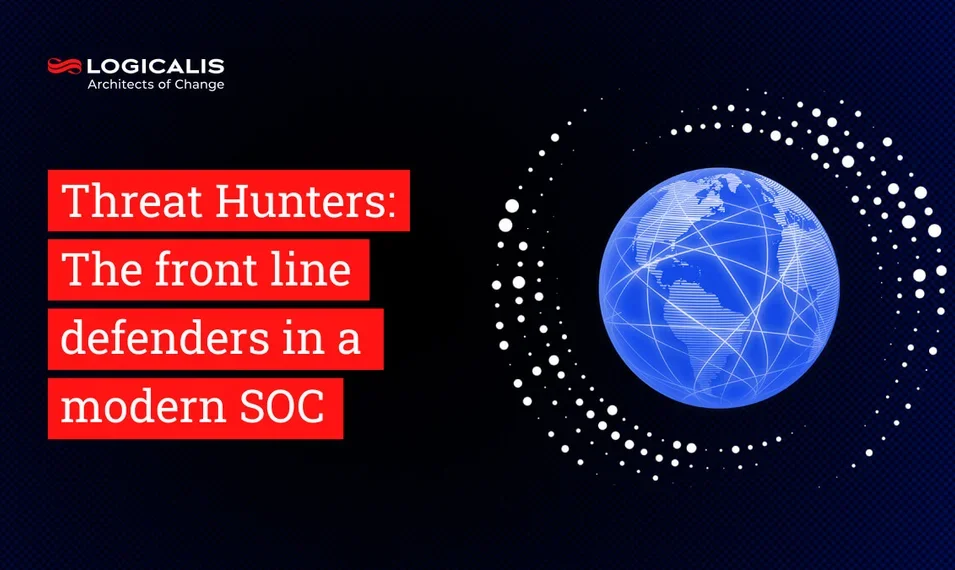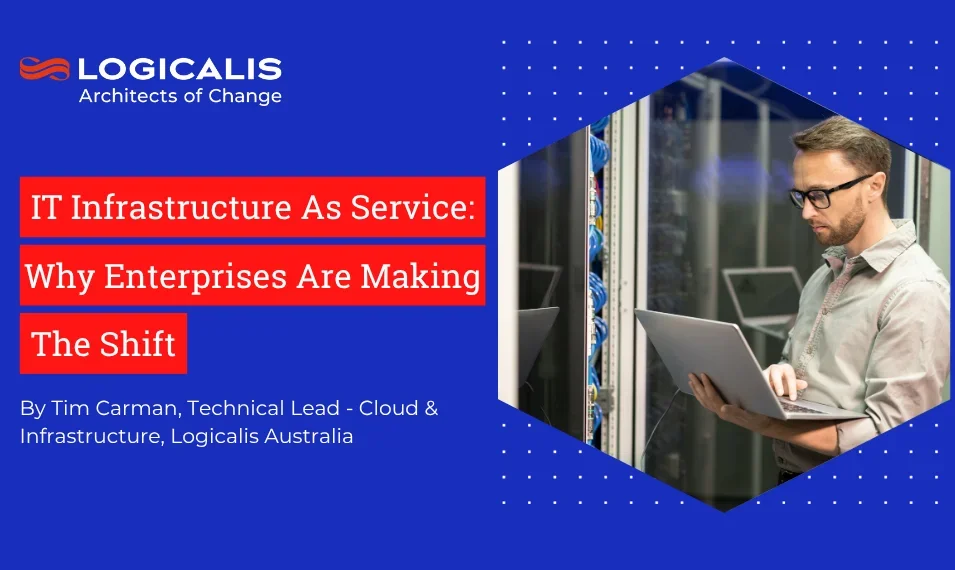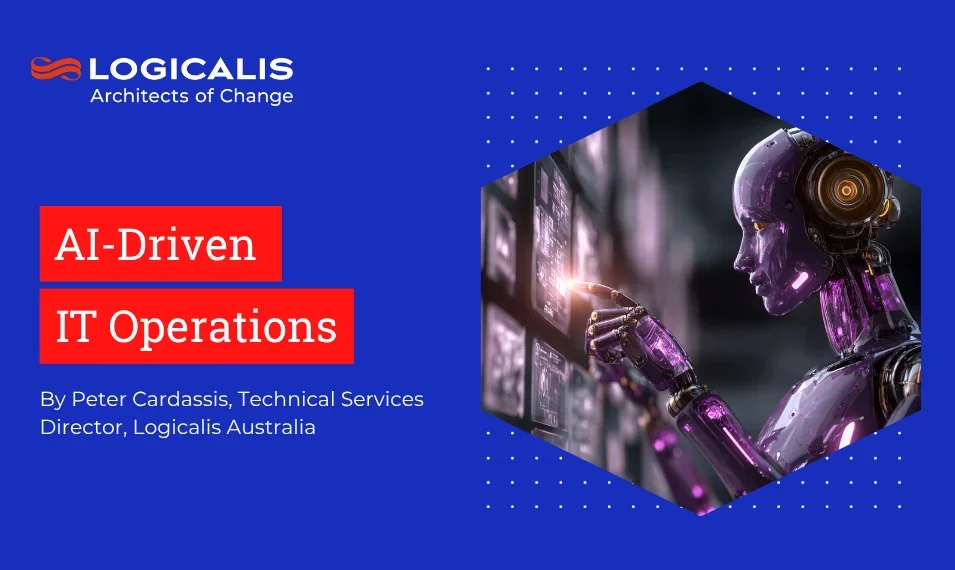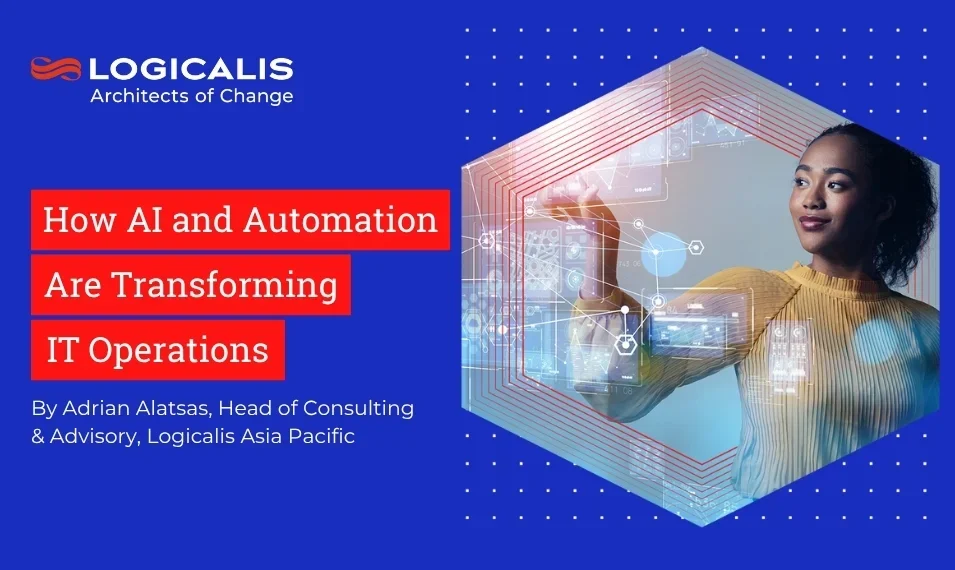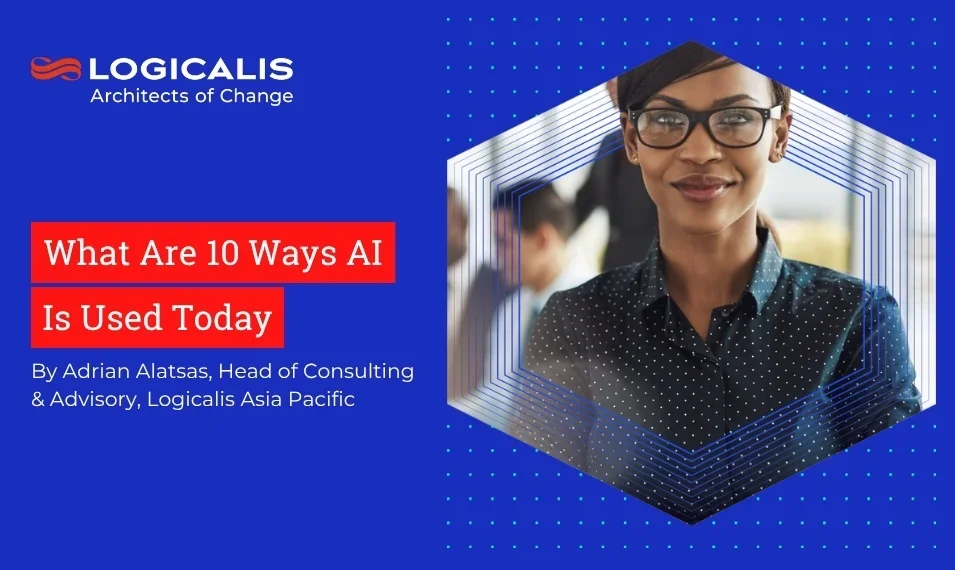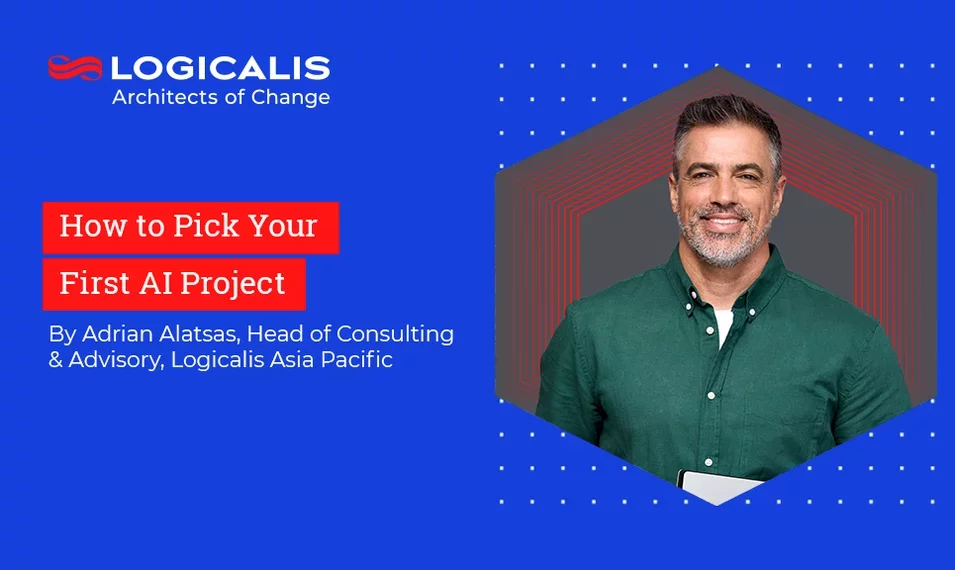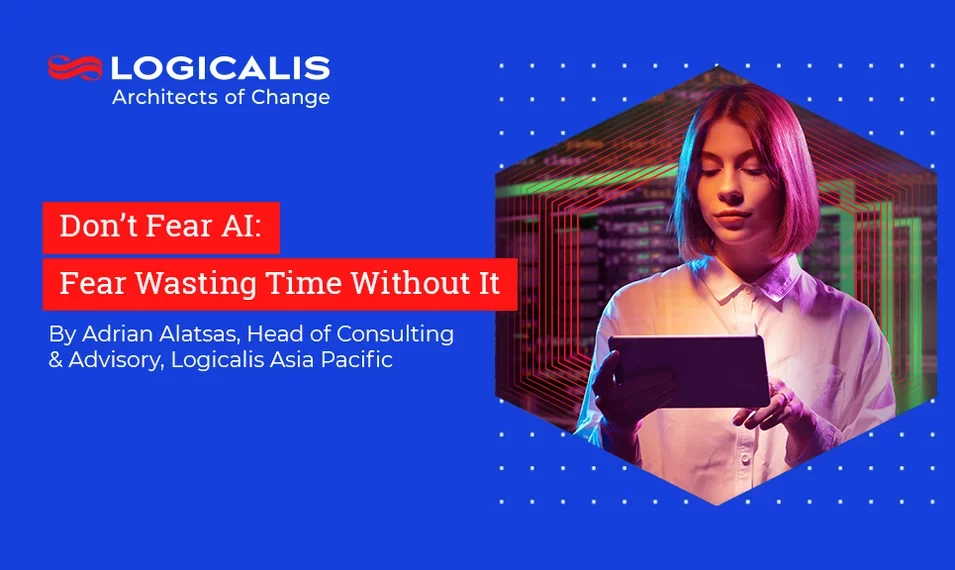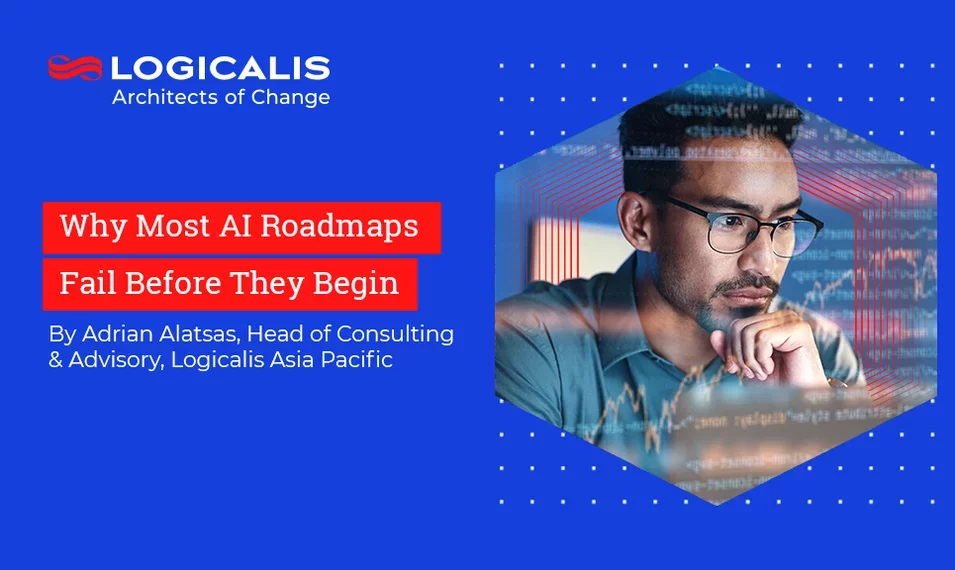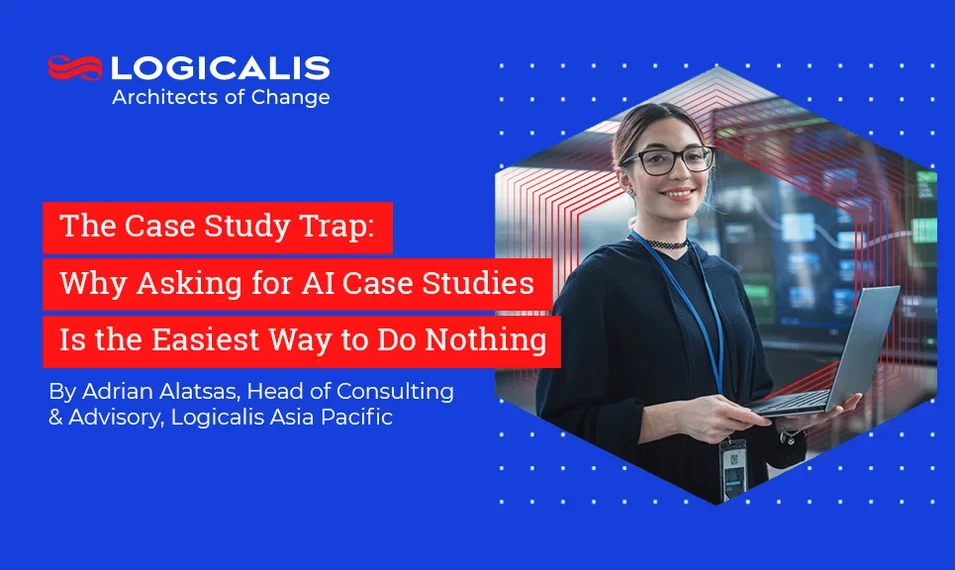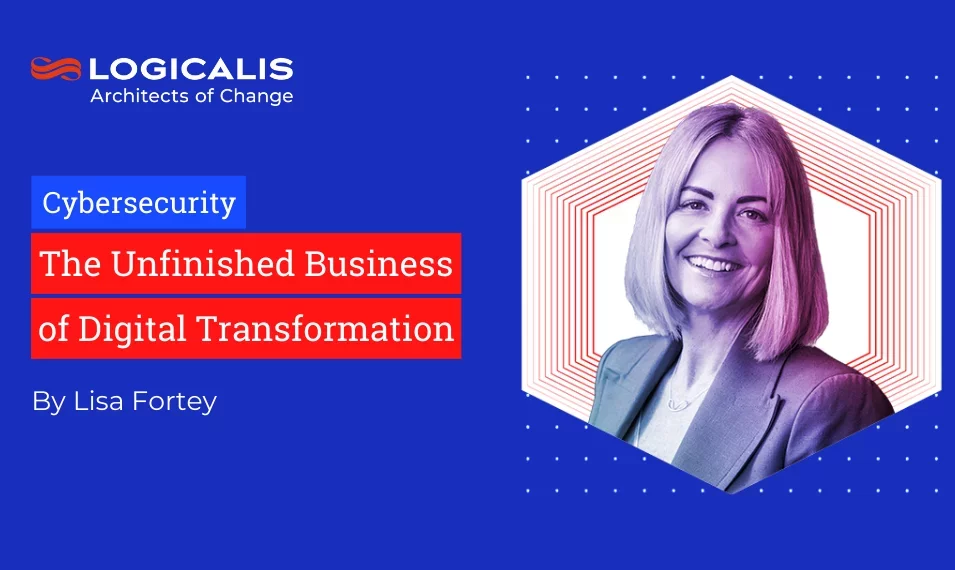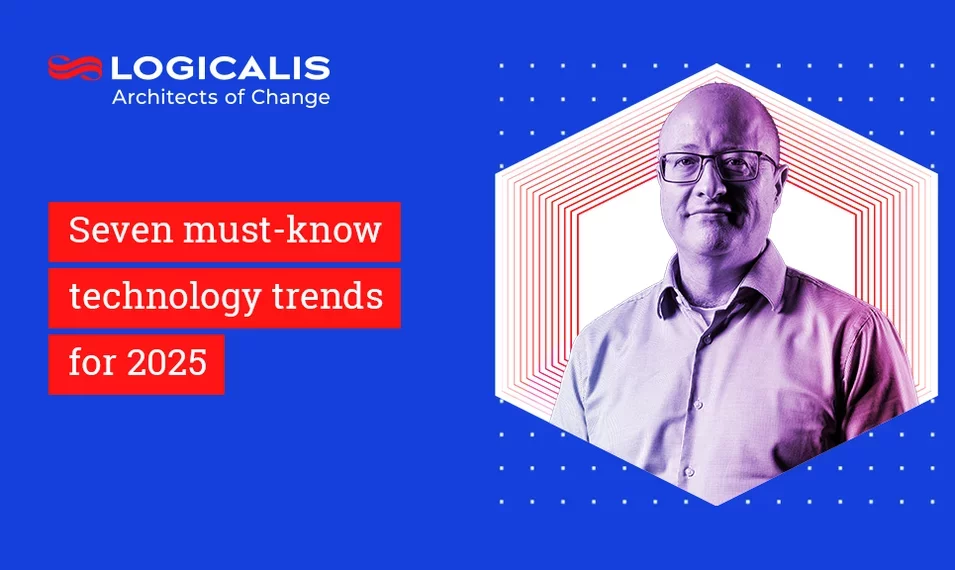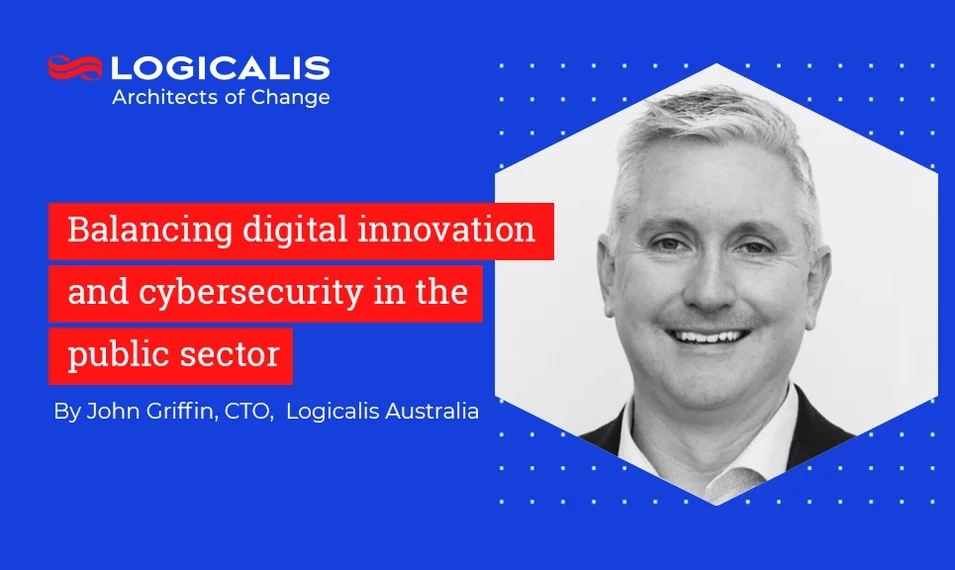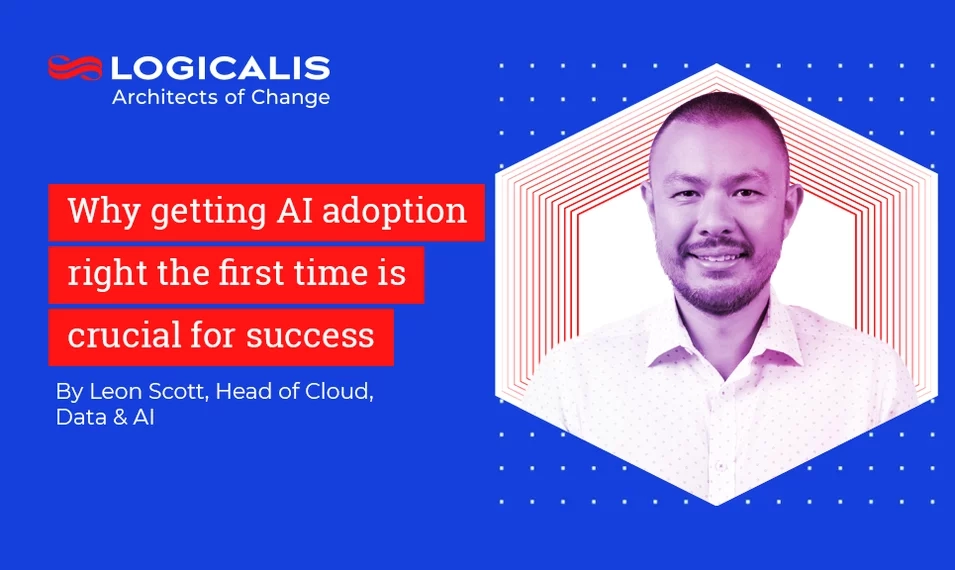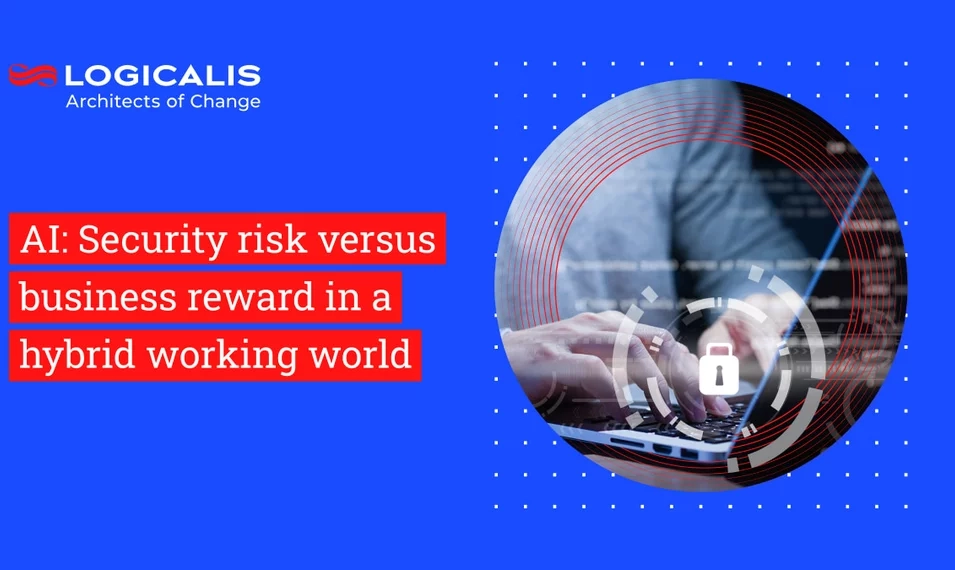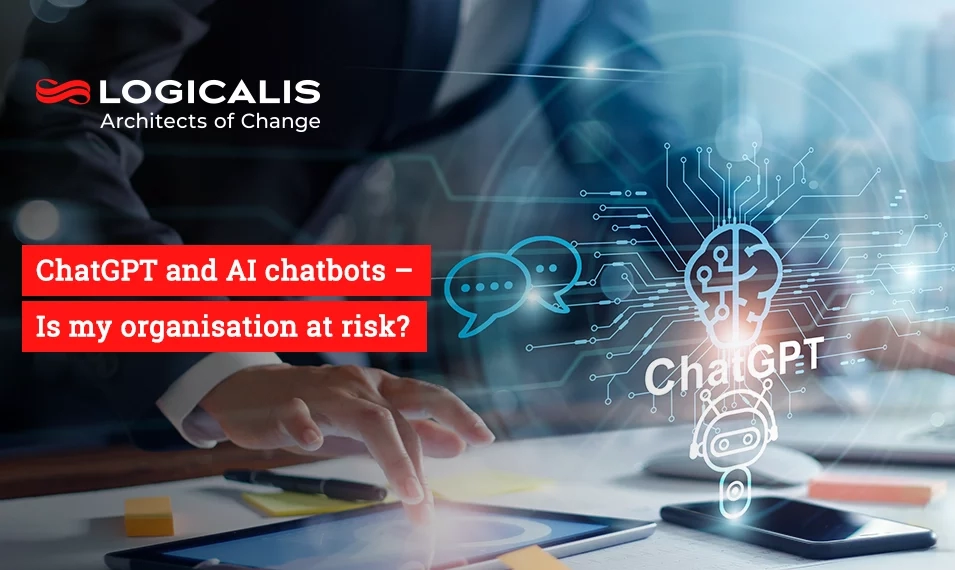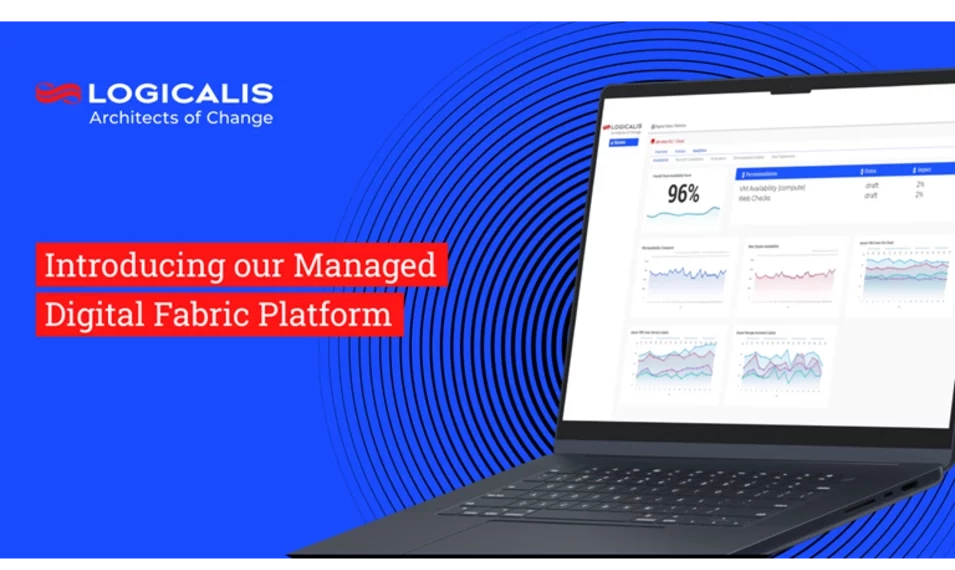
Australia, May 29, 2024
Published by Logicalis Australia
Topic: Empowering productivity with enhanced IoT security approaches
Expert: Alan Downey
IoT technologies, AI, and advanced data analytics are shaping up as business-critical solutions that can give Australian companies a significant competitive edge. Industries of all sizes stand to benefit, especially those with one or more of the attributes below:
- Data-rich environments: Industries generating large amounts of data from sensors, machines, or customer interactions are prime candidates where such data can be analysed to identify trends, predict future events, and optimise processes.
- Complex decision-making: Fields where decisions involve a lot of factors and require quick analysis benefit from AI's ability to process vast information and make data-driven recommendations.
- Predictive maintenance: Industries with machinery or infrastructure that require regular maintenance can leverage IoT sensors to monitor performance and predict failures before they happen, reducing downtime and costs.
- Focus on automation and efficiency: Any sector where repetitive tasks or manual data collection exist can benefit from automation powered by AI and data analysis. This frees up human workers for more strategic roles.
- Customisation and personalisation: Industries that deal with large customer bases can leverage data analytics to personalise products, services, and marketing for individual customers.
- Resource optimisation: Sectors that manage resources like energy, logistics, or materials can benefit from AI and data analytics to optimise usage and minimise waste.
- Safety and risk management: Industries with high-risk environments or safety concerns can leverage AI and data analysis to identify potential hazards and prevent accidents.
- Constant improvement and innovation: Fields that value continuous improvement and development can leverage data analytics to track progress, identify areas for improvement, and drive innovation through data-driven insights.
Organisations with a combination of these characteristics are most likely to see significant benefits from the advancements in IoT, AI, and data analytics.
IoT, Data and AI: A boost to productivity
In one of the first reports to explore the economic impact of IoT in Australia, PwC and ACS identified five critical industries with the most potential1. They represented a quarter of Australia’s GDP and included Construction, Manufacturing, Healthcare, Mining and Agriculture, Fishing and Forestry. The report findings estimated the potential impact could see average productivity improvements of around 2% across these industries.
In recent years, Australia’s Productivity Commission, Australia’s independent authority on productivity, has been calling for Australian businesses to invest further in data and digital technologies2. They and several prominent consulting firms see several technologies as potential productivity boosters, including cloud computing, AI, data analytics, IoT and quantum computing.
This call to invest is already being heard. According to Deloitte and the ACS, half of all Australian businesses expect to use AI, advanced data analytics and IoT by 20303. Investments into IoT in Australia are also expected to reach $34 billion around the same time.
The Logicalis 2024 Australian CIO Report identified that 92% of respondents are already actively seeking opportunities to incorporate AI into their business along with other next-generation technologies like Private 5G.
Despite economic caution being exercised elsewhere, certain projects are getting a free pass with 90% of CIOs earmarking budgets solely for AI development. This commitment to investment demonstrates just how significant AI could be in reshaping industry and how today’s CIOs are putting themselves front and centre in the fourth industrial revolution.
The changing nature of IoT
With networks of IoT sensors, advanced data analysis and AI all working together, industries are using IoT to create digital twins, improve predictive modelling, manage assets, scheduled and predictive maintenance and manage their supply chain.
Several converging factors are leading more organisations to invest in IoT in Australia.
Lower sensor costs, smaller form factors, lower power requirements, an increase in reliable wireless connectivity options (notably LPWAN, Wifi6 and cellular including Private4G/5G), and increasing processing power at the edge all play a part.
Companies rely more on cloud storage and data than ever before, creating more opportunities for big data. Recent investments in IoT are shifting beyond just expanding networks of sensors to invest more in large-scale data analysis, automation and decision-making powered by artificial intelligence.
At the same time, the emergence of EdgeAI (where AI algorithms and models are deployed on the devices themselves, or on nearby devices at the edge of the network) indicates a trend toward decentralisation of data storage and analytics to achieve specific outcomes. Gartner5 predicts that “By 2025, more than 95% of new industrial IoT deployments will include analytics and AI-edge inference capabilities, up from less than 30% in 2022.By 2025, more than 95% of new industrial IoT deployments will include analytics and AI-edge inference capabilities, up from less than 30% in 2022.
Considering IoT Security
As more businesses adopt IoT across their operations, tech leaders are weighing the security challenges IoT can bring and considering their approach to managing them.
Some of the same advancements driving IoT investment also present challenges to those tasked with securing valuable systems and data, for example:
- Increased Attack Surface: The vast number and diversity of interconnected IoT devices, and the emergence of Edge AI significantly expand the attack surface for malicious actors. Exploiting vulnerabilities in even a single device can grant access to a larger network.
- Data Security and Privacy: The massive amount of data collected by IoT devices, often containing sensitive information, creates a goldmine for attackers. Balancing data collection with user privacy becomes a complex issue.
- AI Vulnerabilities: AI models themselves can be vulnerable to manipulation or poisoning with bad data. Hackers could exploit these vulnerabilities to make AI systems deliver inaccurate results or even perform malicious actions. As AI is continuing to develop, there is the potential for other security issues to arise in future deployments.
- Lack of Security Standards: The rapid growth of IoT devices has outpaced the development of robust security standards. Many devices are built without adherence to secure design practices, lack basic security features, or are difficult to upgrade/remediate, all of which makes them easy targets. In some cases, a combination of such factors has led to devices being coopted into malicious use e.g. Botnets for DDOS.
- Limited Resources on Devices: Many IoT devices are resource-constrained, making it difficult to implement complex security measures without compromising performance.
- Integration Challenges: Integrating secure communication protocols and authentication mechanisms across diverse IoT devices and AI systems can be a complex task.
To avoid the potential for this, it’s worth considering the security of IoT deployments as early as possible.
To support Manufacturing, one of the largest sectors and adopters of IoT solutions, the Australian Signals Directorate has developed security guidance principles for IoT using a Secure-by-Design approach. Although targeted at Manufacturing, these principles can be considered best practices for a range of other industries.
The thirteen secure-by-design principles are:
- No duplicated default or weak passwords
- Implement a vulnerability disclosure policy
- Keep software securely updated
- Securely store credentials
- Ensure that personal data is protected
- Minimise exposed attack surfaces
- Ensure communication security
- Ensure software integrity
- Make systems resilient to outages
- Monitor system telemetry data
- Make it easy for consumers to delete personal data
- Make installation and maintenance of devices easy
- Validate input data
Protecting IoT ecosystems
While password hygiene is a great place to start for greater security, with IoT in particular, a multi-layered approach is crucial. Here’s where Australian businesses can explore relevant security solutions:
- Private 5G Networks: Dedicated private 5G networks offer superior control, lower latency, and enhanced security compared to public networks. This is particularly valuable for applications involving critical infrastructure or sensitive data.
- Hardware-Based Security: Implementing devices with built-in security features, such as Secure Enclave elements or Trusted Platform Modules (TPMs), strengthens the first line of defence against unauthorised access.
- Zero-Trust Architecture: Moving beyond perimeter-based security, a zero-trust approach assumes all devices are potentially hostile and requires continuous authentication before granting access. This is well-suited for the dynamic and complex nature of IoT deployments.
- Network Segmentation: Creating isolated network segments specifically for IoT devices minimises the potential damage in case of a breach. This prevents compromised devices from harming critical business systems.
Extended Detection and Response (XDR) provides a holistic view of security across the entire IoT network, including traditional IT systems and the vast number of connected devices. This comprehensive visibility allows for earlier detection of potential threats and XDR’s ability to automate incident response actions can minimize the dwell time of a threat within the network, reducing potential damage.
In all of the above areas, Logicalis can help organisations develop secure solutions for IoT infrastructure and assets. With support from a collaborative team of advisory, technical, and industry experts, organisations can ensure they make the right moves to securely build IoT into their operations.

